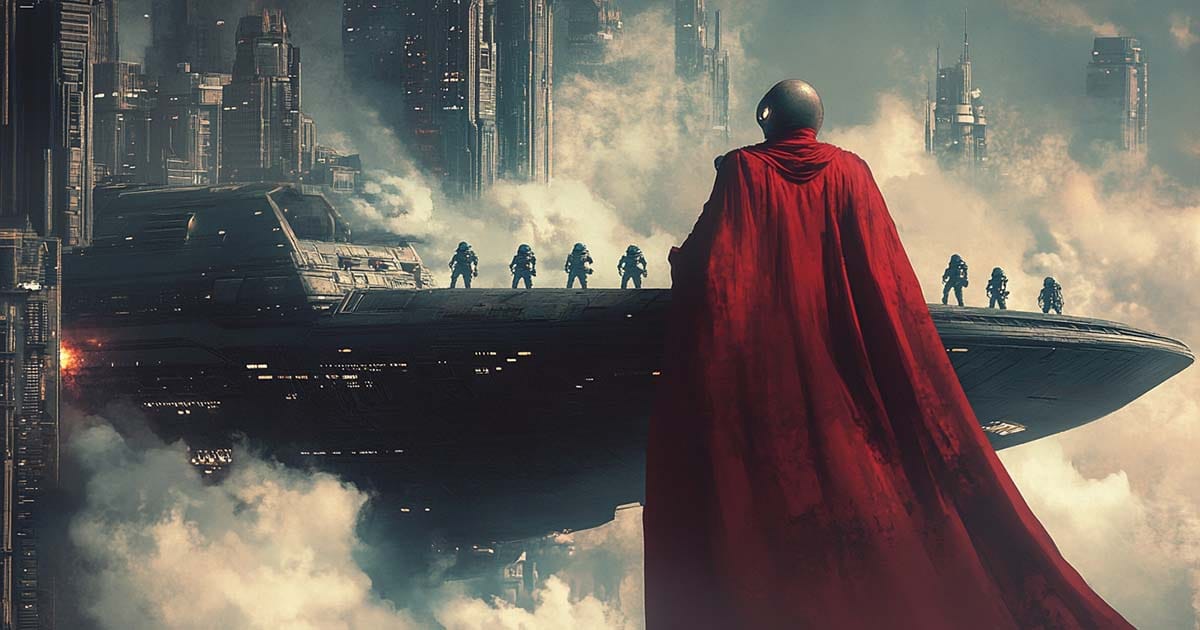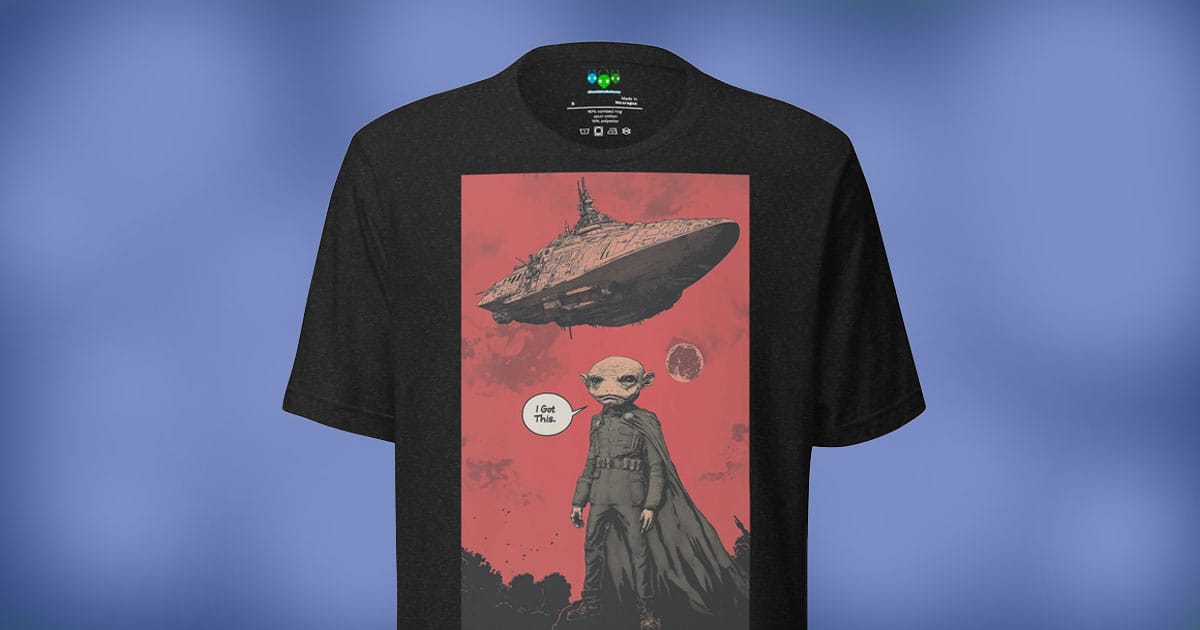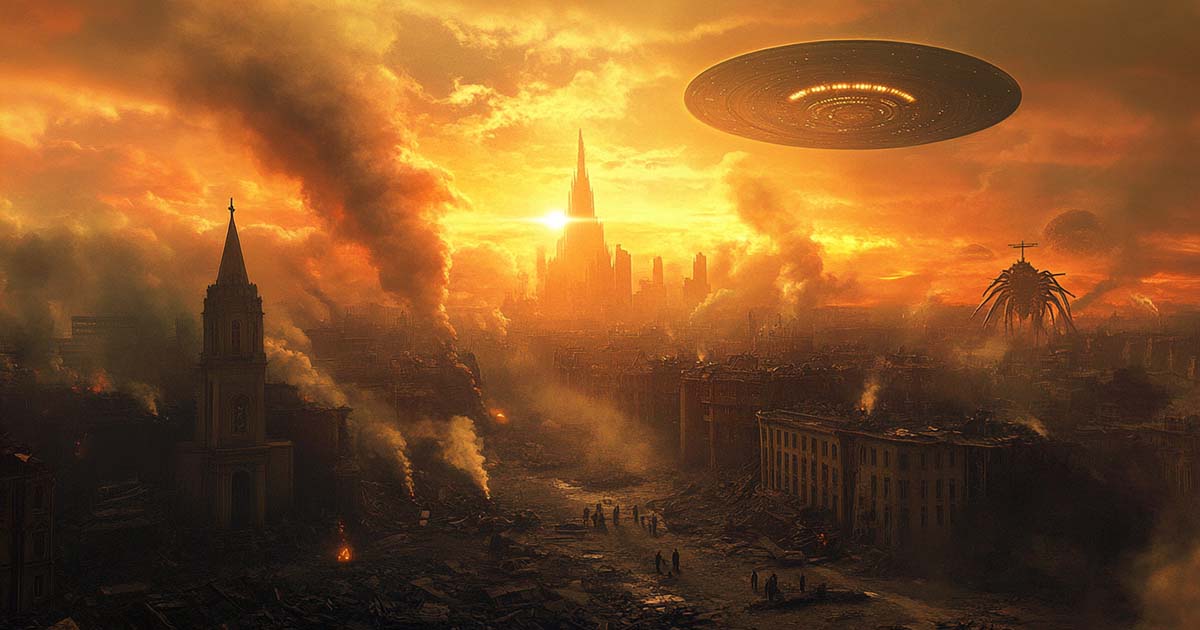How "The War of the Worlds" Built Sci-Fi’s Invasion Blueprint
On August 13, 2025, we mark seventy-two years since "The War of the Worlds" first invaded American theaters. This issue explores how the 1953 classic shaped the alien invasion genre and left a lasting legacy in science fiction film and television.

This Week in Classic Science Fiction - The War of the Worlds
Seventy-two years ago this week, moviegoers in New York watched Earth fall to Martians. "The War of the Worlds," directed by Byron Haskin and produced by George Pal, brought H. G. Wells' alien invasion to Cold War America. The film moved the story from Victorian England to Southern California, swapping redcoats for scientists and cavalry for radar.
Audiences had never seen anything like the Martian war machines. Sleek and hovering, they loomed over neighborhoods with cobra-like menace. Their heat-rays burned through tanks and city streets, a spectacle that won an Academy Award for special effects. Even today, the visual design holds up as a masterclass in menace and restraint.
But the film delivered more than shocks and smoke. It reflected a deep unease about the limits of human knowledge and the failure of modern science to protect civilization. Faith becomes the last defense when armies fall and reason reaches its end.
"The War of the Worlds" set the template for alien invasion stories that followed. Its influence can be felt in everything from "Independence Day" to "Signs." The panic, the powerlessness, the prayer—all of it began on August 13, 1953, when the Martians first landed on the big screen.
Sponsor: I Got This Alien Invasion T-shirt

He said it to the Grand Council with confidence—"I Got This." Now you can too. Inspired by the fearless and slightly egotistical Commander Xylar, this shirt captures the spirit of every would-be conqueror who underestimated Earth. Whether you are leading a planetary invasion or just facing rush hour traffic, wear the cape, own the moment, and let them know that resistance is irrelevant.
How "The War of the Worlds" Shaped Sci-Fi's Martian Threat
In 1953, "The War of the Worlds" arrived in theaters not just as entertainment but as a blueprint for the alien invasion genre. Directed by Byron Haskin and produced by George Pal, the film transplanted H. G. Wells' nineteenth-century nightmare into the heart of twentieth-century anxieties. With Cold War tension hanging thick in the air, the film gave moviegoers a new kind of terror—Martians in the suburbs.
What set this adaptation apart was its visual language. The Martian war machines did not march or crawl. They hovered, silent and smooth, with cobra-shaped heads that spat heat-rays. This image became iconic. The film's effects, using models and matte paintings, delivered a spectacle that still commands respect. More importantly, the design set a visual precedent. Nearly every alien invasion that followed borrowed something from these floating death ships.
Faith in the Fallout
The film also introduced the idea that Earth's strongest weapons are useless against an advanced extraterrestrial foe. Tanks, jets, and atom bombs all fail. The message is clear. In the face of such overwhelming force, mankind's tools are toys. This theme found fertile ground in later decades, influencing everything from "Independence Day" to "Battlestar Galactica."

Yet, the film was not purely pessimistic. It ended with an appeal to something greater than technology. As the Martians die—not by human hands but from Earth's bacteria—the implication is unmistakable. Salvation, if it comes, is providential. This conclusion gave the film a spiritual spine, separating it from the hopeless tone of some modern imitators.
What followed in the wake of "The War of the Worlds" was a parade of stories that echoed its structure. Invaders from space arrive without warning. The military response is swift and futile. A scientist, usually rational and grounded, finds himself grasping for something beyond reason. Sometimes, the answer is scientific discovery. Other times, it is divine intervention. The template varies, but the bones are always familiar.
An Invasion That Endures
Television took the formula and ran with it. "The Outer Limits," "V," and even episodes of "The Twilight Zone" owe a debt to Pal's production. The moral questions posed by alien invaders—the worth of humanity, the fragility of civilization, the role of faith—stem in part from this 1953 landmark.
The film's success also proved that science fiction could carry serious themes without losing popular appeal. It opened the door for studios to invest in bigger concepts and bolder effects. In that sense, "The War of the Worlds" helped lift science fiction off the comic rack and into the cultural mainstream.
Even today, its influence can be seen. When a spacecraft appears over a city skyline, or when soldiers look up in terror as their weapons fail, the echo of 1953 is unmistakable. The genre grew more complex in the decades that followed, but the foundation was poured in Southern California, under the shadow of a Martian heat-ray.
"The War of the Worlds" Trivia
- The eerie sound of the Martian heat-ray was created by layering the sound of a microphone cable being scraped with a metal object and reversing it on tape.
- Gene Barry and Ann Robinson, who starred in the 1953 film, both made cameo appearances in Steven Spielberg's 2005 remake.
- During production, the Martian war machines were suspended by wires, which were deliberately overexposed to hide them, though they remain faintly visible in some restored versions.

